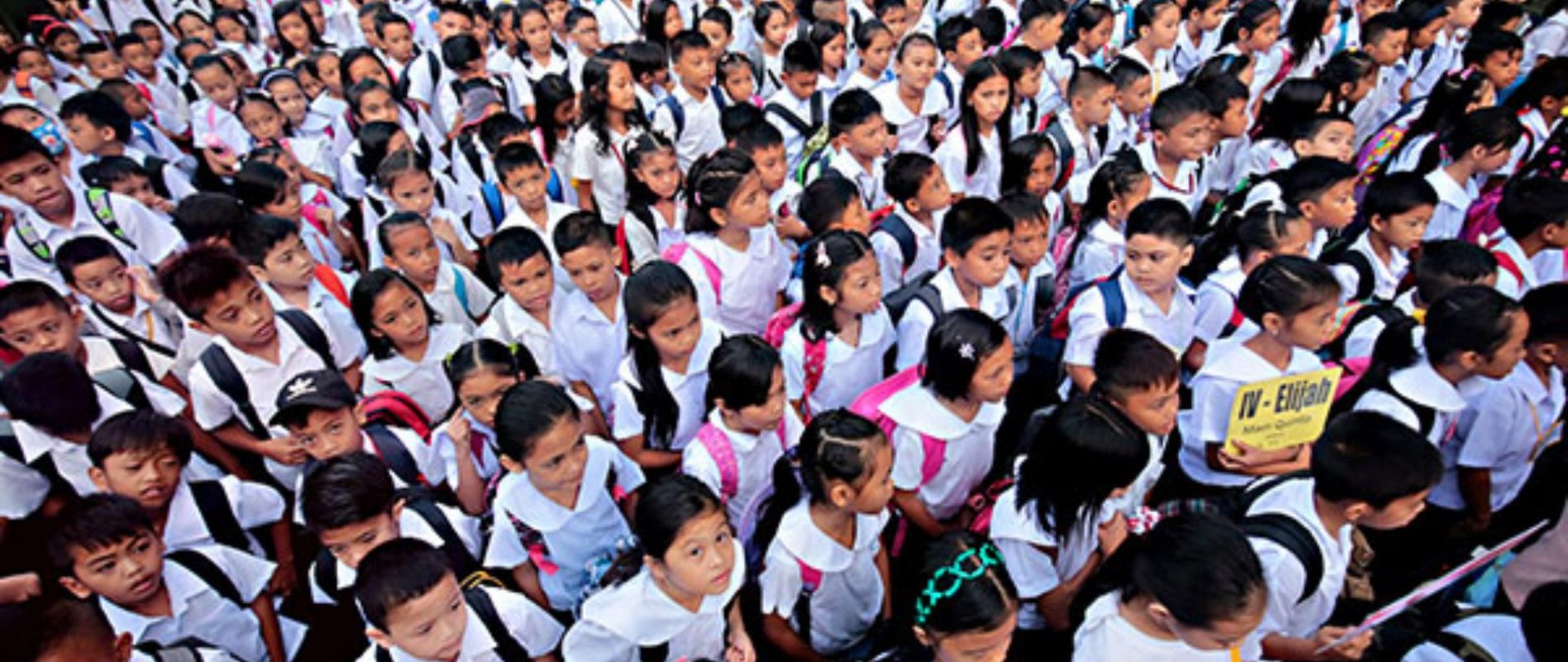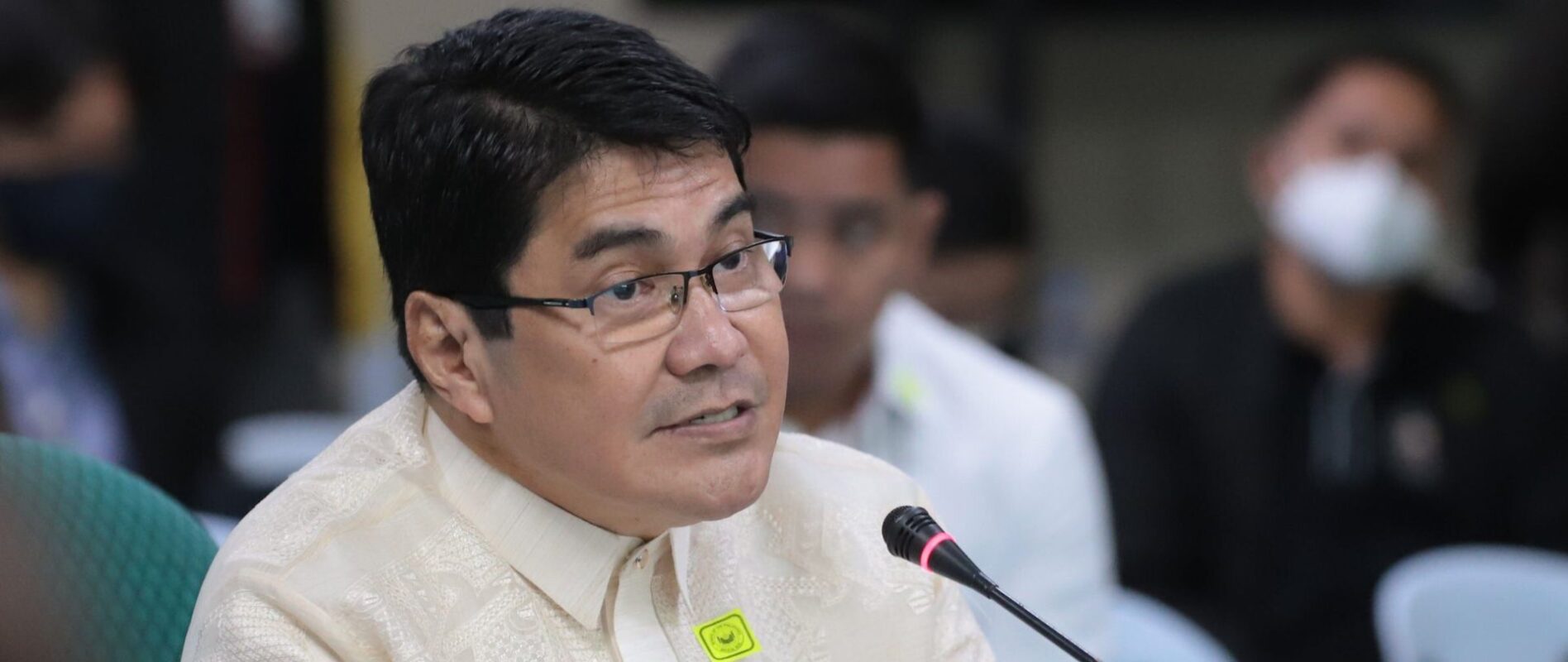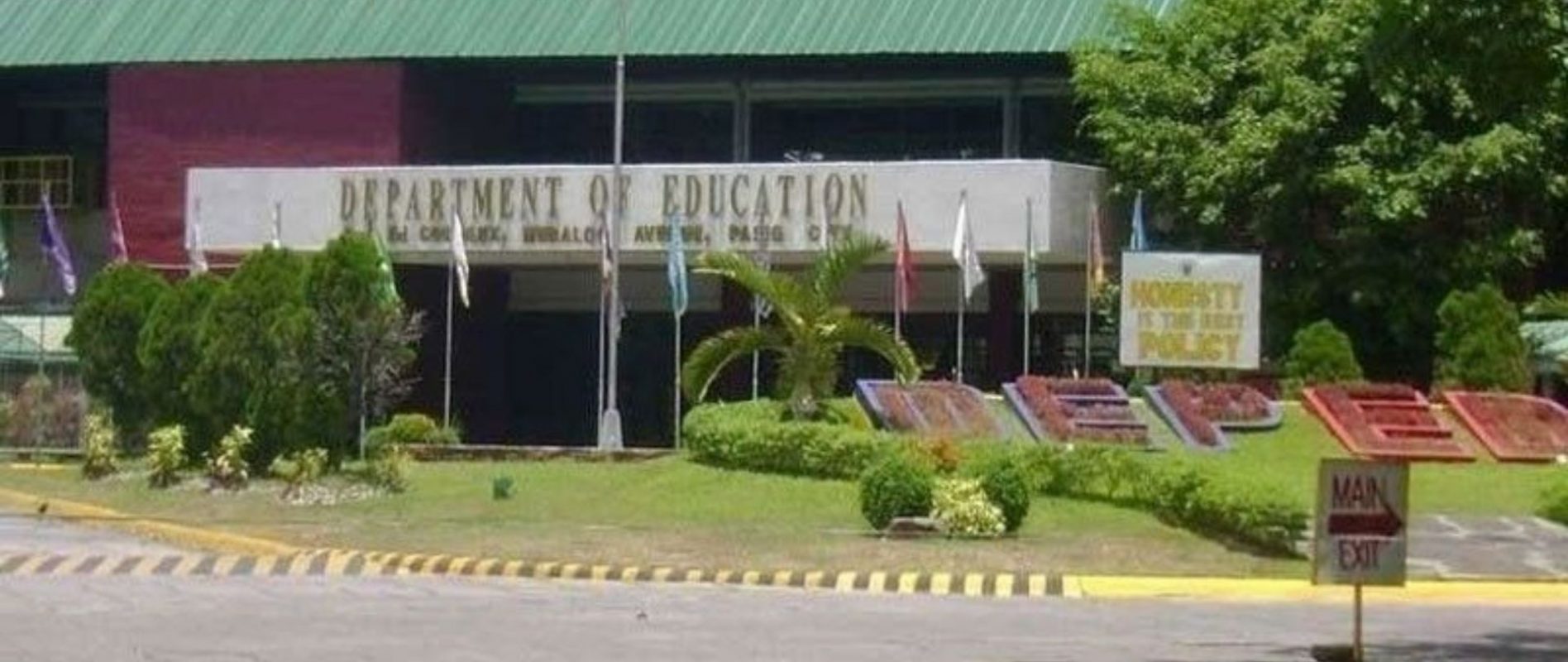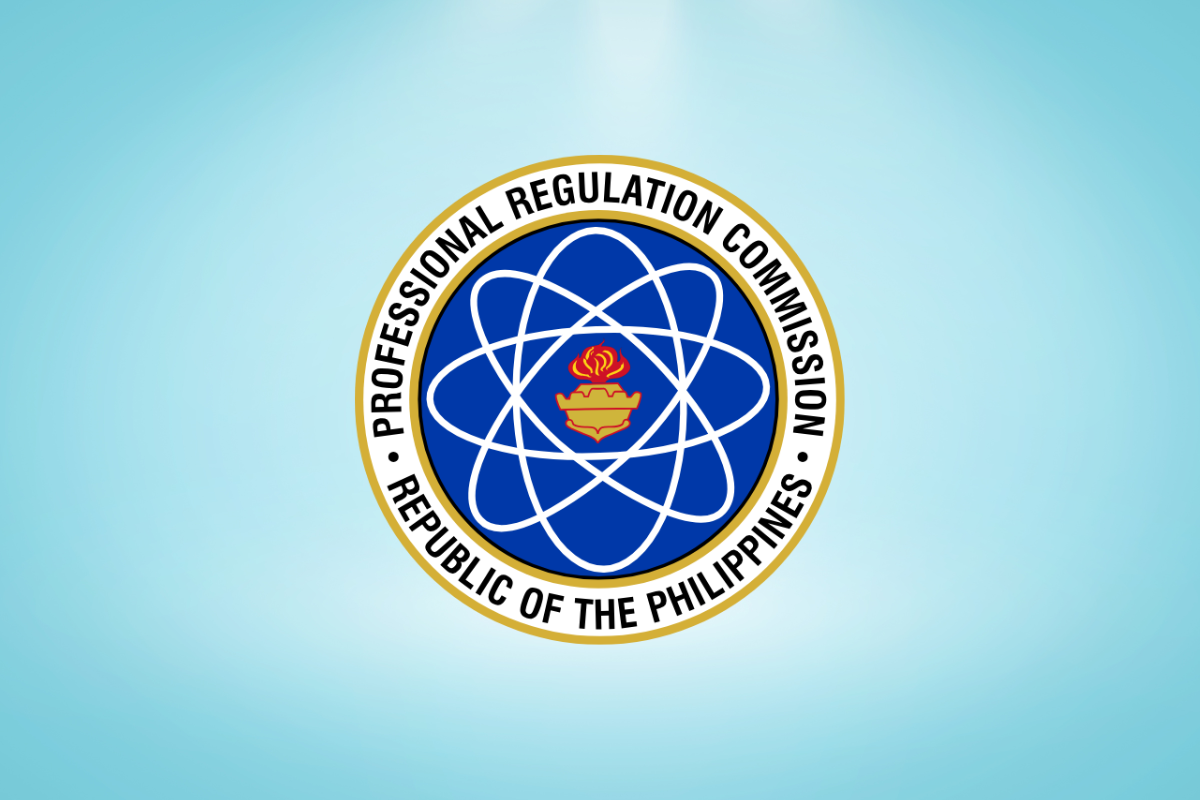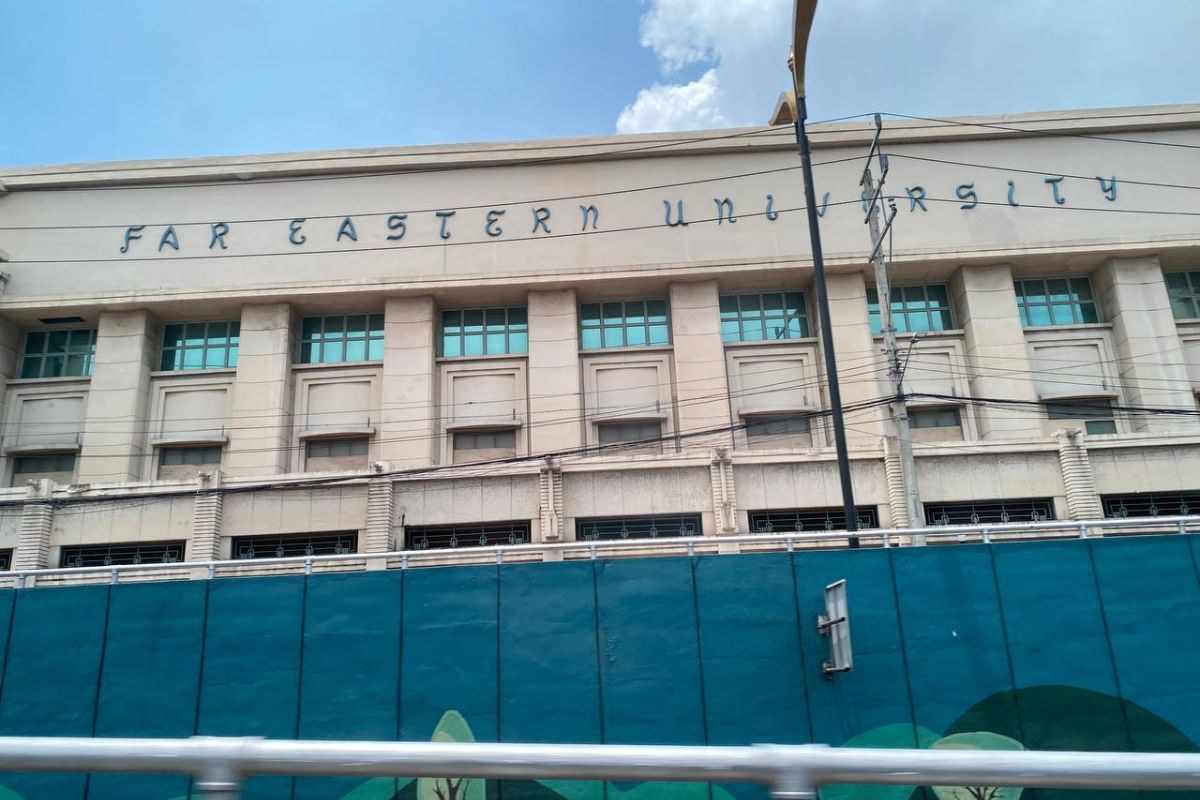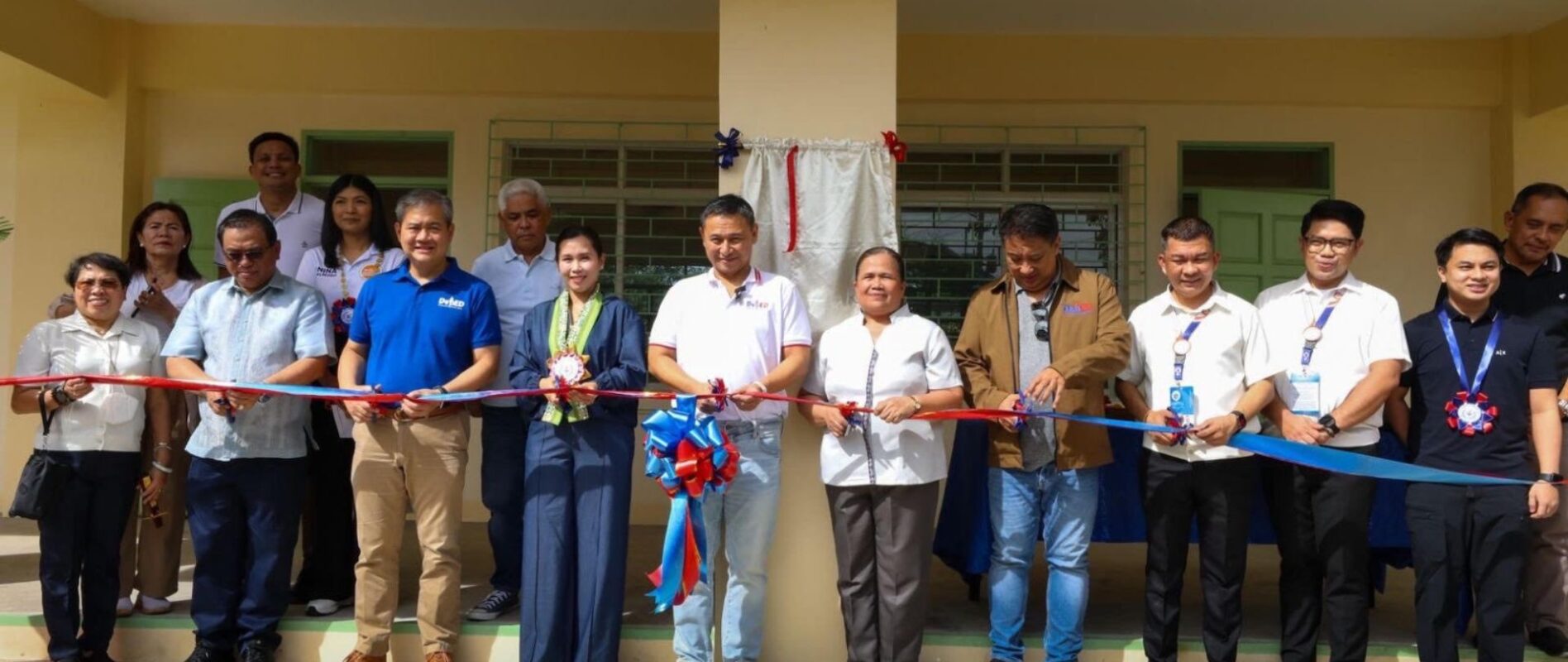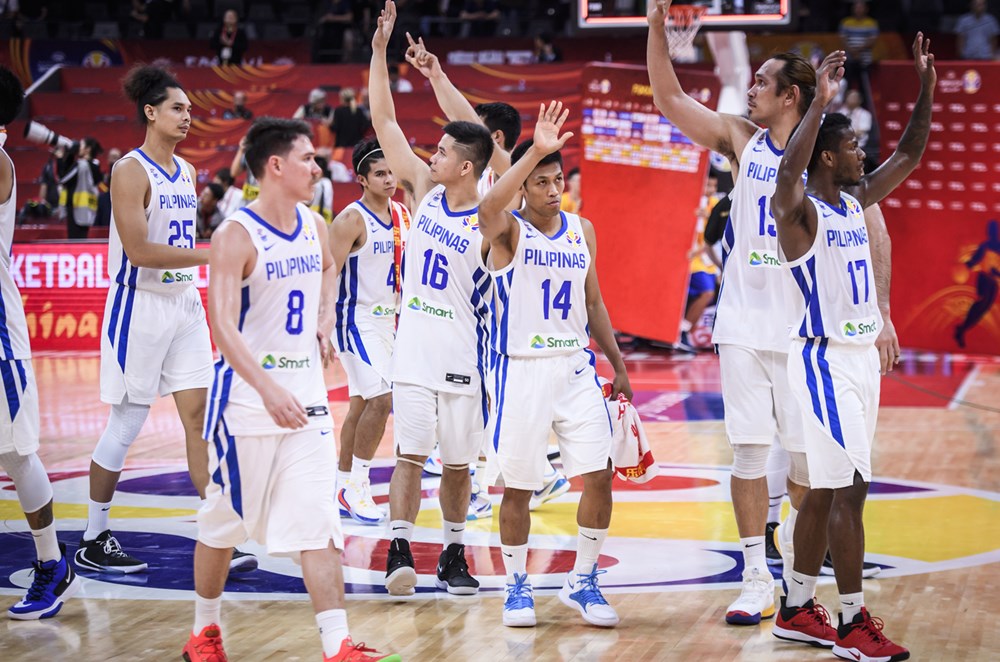MILLIONS OF STUDENTS BENEFIT FROM IMPROVED SCHOOL FACILITIES FUNDED BY LGUs
THE DEPARTMENT of the Interior and Local Government reported that millions of learners across the country are now benefiting from improved and newly constructed school buildings and classrooms, funded through the Special Education Fund managed by local government units.
The DILG emphasized that these infrastructure upgrades reflect the Marcos administration’s commitment to strengthening public education by providing safer and more conducive learning environments.
The SEF, mandated by the Local Government Code of 1991, comes from an additional 1 percent tax on real property and is allocated to education-related programs, projects, and activities.
With guidance from local school boards, LGUs are using the fund to expand access to quality education.
“Every structure built and classroom improved represents a step forward in ensuring that Filipino students are given the tools and spaces they need to succeed,” the DILG said.
According to the 2024 Seal of Good Local Governance (SGLG) assessment, 77.67 percent—or 1,332 LGUs—used at least 85 percent of their SEF for education-focused initiatives. These include 1,152 municipalities, 27 highly urbanized cities, five independent component cities, and 95 component cities.
The impact is visible on the ground. In Guagua, Pampanga, the SEF was used to construct classrooms at Natividad High School, San Antonio Integrated High School, and San Juan Nepomuceno Elementary School. In Badiangan, Iloilo, two new classroom buildings were completed at Astorga Primary School.
“These projects have provided safer and more conducive learning environments for students and teachers,” the DILG noted.
Beyond infrastructure, SEF funds are also being used to procure books, learning equipment, and other vital educational resources.
Based on the same SGLG data, 82.33 percent—or 1,412 LGUs—supported inclusive education programs such as Madrasah education for Muslim learners, while 81.28 percent—or 1,394 LGUs—implemented projects in partnership with external stakeholders.
Additionally, 90.32 percent—or 1,549 LGUs—initiated programs aligned with local education reform goals, underscoring sustained efforts to improve educational outcomes nationwide.
The DILG said the strategic use of SEF highlights how LGUs are playing an active role in shaping the future of Filipino learners.

